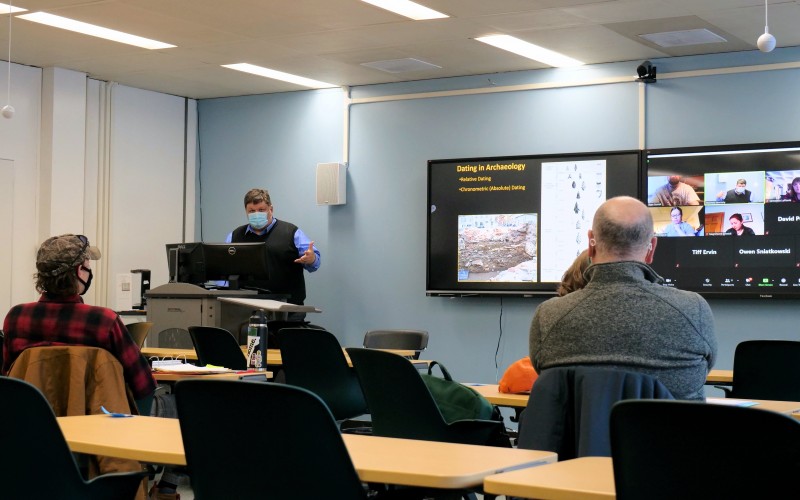We can do this. Let’s acknowledge that this is not a good situation, but we will work with each other and get through. The Canvas Support team will keep a centralized schedule and set of resources and links that we are building on this site. Bookmark it and sign up for an update as we add materials.
This is virtual education, not online education. Online education entails a set of assumptions, expectations, and pedagogies that won’t happen in most courses transitioned within a week. Think basic: establish contact, provide basic instruction, and receive work from students.
Start where you are. Plan to use Canvas to communicate with students, receive assignments, and send/track grades. (Due to FERPA restrictions, we may not send grades via email.)
- If you never used Canvas before, you are going to be taking big, but relatively small steps. We have published a guide for taking first steps with Canvas on this site for you.
- Once you have made a basic plan, you can get started learning Canvas more comprehensively. Everyone has been enrolled in the self-paced VSC Quickstart Course and the Castleton Canvas Introduction to Faculty. You can find them among your Canvas courses.
- If you have been using Canvas and are ready to take some further steps, here are some resource guides: How to Be A Better Online Teacher (Chronicle of Higher Education); Creating Online Learning Experiences (Open Education Resource).
Be aware that there is robust and readable help on the Canvas help pages and you have many resources for help through Canvas. For most questions, there is also likely a YouTube video.
Meet your students where they are. They will be some combination of anxious, frustrated, disappointed, and scared. Think about how your plan will interface with them. Gerry Volpe has been working with instructors of students with known accommodations. We do expect that others who have not sought accommodations will feel a need to seek help from you. We are collecting specific resources on accommodations.
Be aware of student technological issues. Some students don’t have internet or very slow internet. It is reasonable to expect that almost all students will access the internet at least once the week, but don’t expect that their access will be robust for activities like Zooming or uploading larger videos.
We strongly encourage you to engage in asynchronous (rather than synchronous) teaching. Synchronous teaching, requiring all students to meet online at a specified time, may be a hardship for students who do not have access to technology on the scheduled day/time and/or have other responsibilities (e.g. taking care of children home from school). Much better, though, to post lectures, reading, assignments, etc. on Canvas on, say, Sunday evening, and allow students to access your course site whenever it is convenient for them during the week. However, if you must hold a synchronous lesson, limit them to only one hour per week during your scheduled class time, and keep in mind that our students will be in different time zones (including international time zones). We should record the session to make it available, but we may not post student participation on a public site like YouTube.


